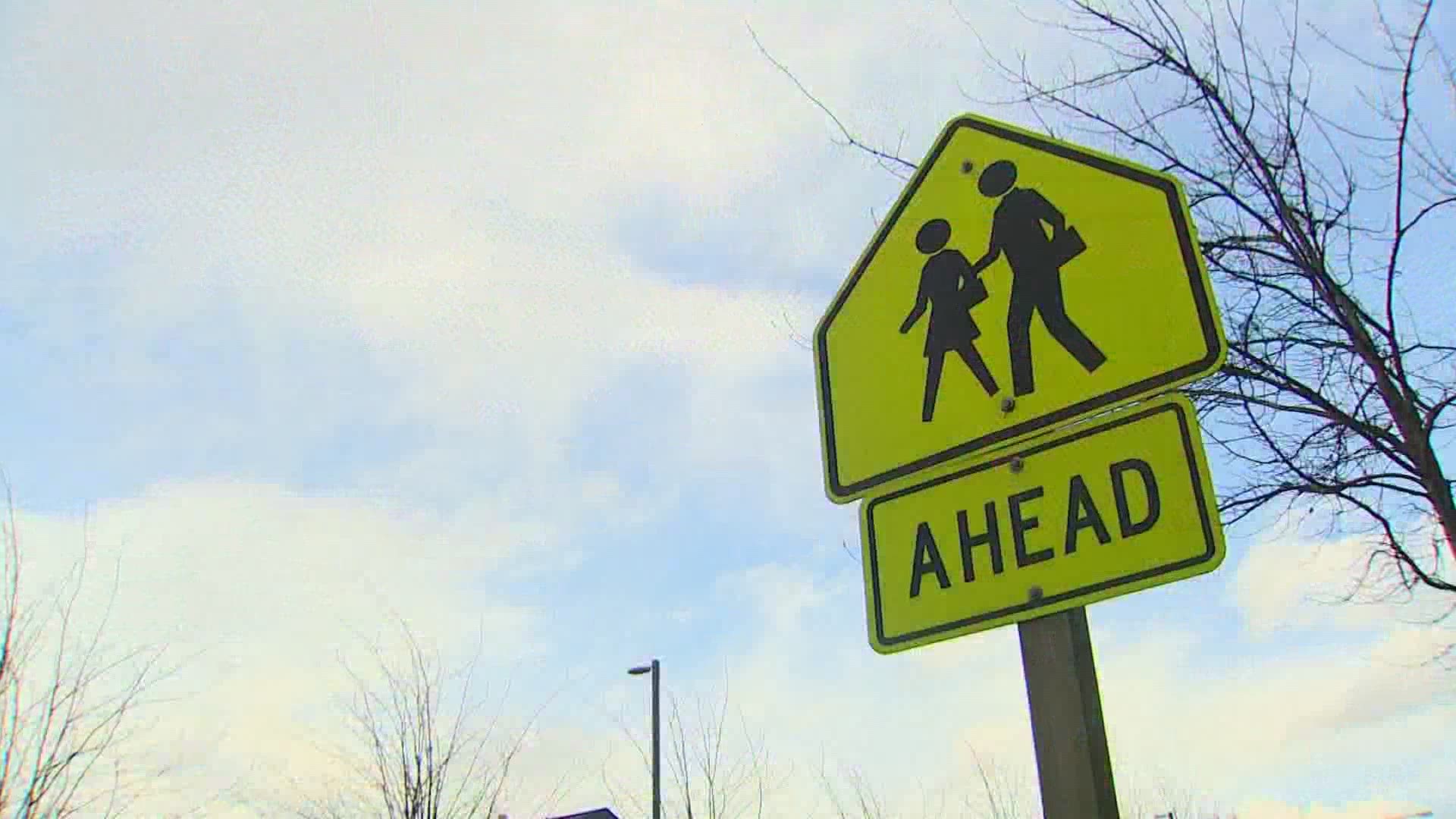Washington state is falling behind the rest of the country for in-person instruction. That's the insinuation by conservative think tank Washington Policy Center.
The group says aggregate data shows the state's percentage of students in classrooms is among the lowest in the country.
"This is a crisis, an education crisis for the children of Washington State, it is time to correct the problems," says Liv Finne, who serves as the Director for the Center for Education for the Washington Policy Center.
For most students, school has looked different for the past year, as districts held remote classes as a precaution against the COVID-19 pandemic. But many students have returned to in-person learning, at various levels, throughout the country and state, with precautions such as mask-wearing and social distancing to avoid passing the virus.
"The CDC (Centers for Disease Control and Prevention) has said it is safe to reopen the schools without the teachers getting vaccinated," Finne said.
Finne points to data from burbio.com, which shows Washington at 47th in the United States, with only 19.2% of students receiving some form of in-person instruction. Many states in the Upper Midwest and Southeast are at or near 100%, according to that site.
But the State's Superintendent of Public Instruction's tracking puts the number of students who attend in-person classes at 28.3% on a single day, and 33.1% of students are in-person weekly. Still, that is low when compared with other parts of the U.S.
Gov. Jay Inslee and State Superintendent Chris Reykdal have put some pressure on schools to return to in-person learning.
Reykdal's Office of the Superintendent of Public Instruction has $714 million in COVID-19 relief for schools, which is only available to districts with a plan to return.
In the past few weeks, Inslee has been touring schools that have had in-person learning to encourage other districts to see how it can be done without outbreaks.
While many districts have plans for some form of in-person learning, some of the larger districts in the state including Seattle, Shoreline, and Kent have struggled to announce a plan for even the smallest children to return to class.
Late Friday, Seattle announced that intensive services pathways will return on March 8, and Pre-K on March 11, but still doesn't have any start date for kids in kindergarten or first grades.
Seattle has signaled, as a district, that it is unlikely students in second grade and above will return this school year.
Highline pulled plans for a hybrid return earlier this week. Late Friday, administrators told parents via email it now has a tentative deal to return Pre-K, kindergarten, first-graders and students in the intensive academic center by March 11. Grades 2 and 3 would return March 22 if a deal is finalized with the teachers union.
For some parents, the decision to return to in-person classrooms isn't simple.
"I want my kids to be back in school, and I want our lives to get back to normal," said Josephine Quigtar, a parent of two kids in the Renton School District.
But she says, at this point in the calendar year, she is torn about what may be the best course of action.
"The risk to the kids, and the teachers, and the staff, still feels like it's too big to go back right now," said Quigtar. "It's a little late in the year, it's taken six months to find our rhythm and routine and schedule, and we've hit a stride and I think we should just stick with this."
Finne feels a bit stronger about returning and says the data across the country should be an impetus for the governor and OSPI to press districts to come up with a concrete plan.
"It's a shame and disgrace, we should all be embarrassed," she said.

